What is Restorative Justice?
Restorative Justice (RJ) is a values-based approach to community building, problem solving, and conflict resolution that is used in schools, the justice system, and community organizations to build and restore relationships, create opportunities for dialogue, transform conflict and repair harm, and create just and equitable learning environments.
Restorative Justice in Schools
Schools are spaces where young people not only develop academic skills, but build their own sense of self and form relationships with their peers and their adult mentors. However, in an institution that is supposed to provide access for all, some students feel little sense of belonging; others do not feel valued, powerful, or needed, particularly those of marginalized groups.
These criticisms are not just abstract concerns. Research conducted in schools across the nation have concluded that alienation, bureaucracy, and the absence of personal connections can have major, negative effects on academic performance, attendance, and dropout rates. Conversely, schools that foster strong relationships among students and between students and adult members of the school community are demonstrably more likely to experience positive changes in student attitudes, behavior, and attendance and a drop in disciplinary problems.
Restorative justice can transform student behavior and build strong, healthy school communities by incorporating values of respect, inclusion, collaboration, and accountability into the school culture. By employing restorative practices such as community building circles, schools can take effective, proactive measures to build a positive school climate, provide opportunities for students to step into positive leadership roles, and improve the learning environment.
Because school communities are made up of human beings, teachers and administrators will inevitably be called on to deal with bullying, violence, or other inappropriate behavior. Traditional ways of addressing these issues—detention, suspension, and expulsion—are highly problematic. Forbidding students from coming to school may actually exacerbate the questioned behavior. When kids are not in school, they are not learning, they are often left at home unsupervised, and they become detached from the school community. Punitive measures also fail to address the underlying issues that may be causing the inappropriate behavior, deny any ability for problem-solving between the individuals involved, and do nothing to teach alternative strategies for resolving conflict. Further, study after study has shown that school discipline measures are not fairly applied, with minority youth being suspended and expelled at significantly higher rates than non-minority youth.
Restorative practices, such as restorative circles or restorative conferences, provide an accessible alternative for addressing inappropriate behavior. Instead of punishment, restorative approaches allow all those affected to come together to reflect on the harm that has been done, to collaborate on ways to repair the harm and repair damaged relationships, and to make things as right as possible.
Restorative Justice in the Justice System
Restorative justice in the justice system emphasizes the way in which crime harms relationships among people who live in a community and ways to repair that harm. Crime is seen as a wound that affects victims and communities, rather than simply a violation of law. Restorative justice invites those most directly impacted by a crime—offenders, victims, and community members—to come together to talk about what happened, who was impacted and how, and to collaborate about ways to move forward in an effort to heal the harm and put things as right as possible. The offender is encouraged to take direct responsibility for his or her actions.
Restorative justice works. It makes communities safer because it involves the community in a way that simply does not happen in the typical courtroom setting. It provides victims with an avenue to be heard and for questions to be answered and helps offenders successfully reintegrate into the community by offering a vehicle for accountability and remorse.
Restorative Justice in Organizations, Workplaces, and Families
Wherever people interact, in community organizations, workplaces, or even in families, they may experience conflict or harmful behavior. When this happens, relationships may be damaged and both individuals and the group may suffer.
Restorative justice approaches can be used proactively to build strong, positive relationships and prevent conflict and harmful behavior.
Where conflict or harmful situations have already occurred, restorative justice practices can be used as an effective way to resolve differences and repair and rebuild damaged relationships.

